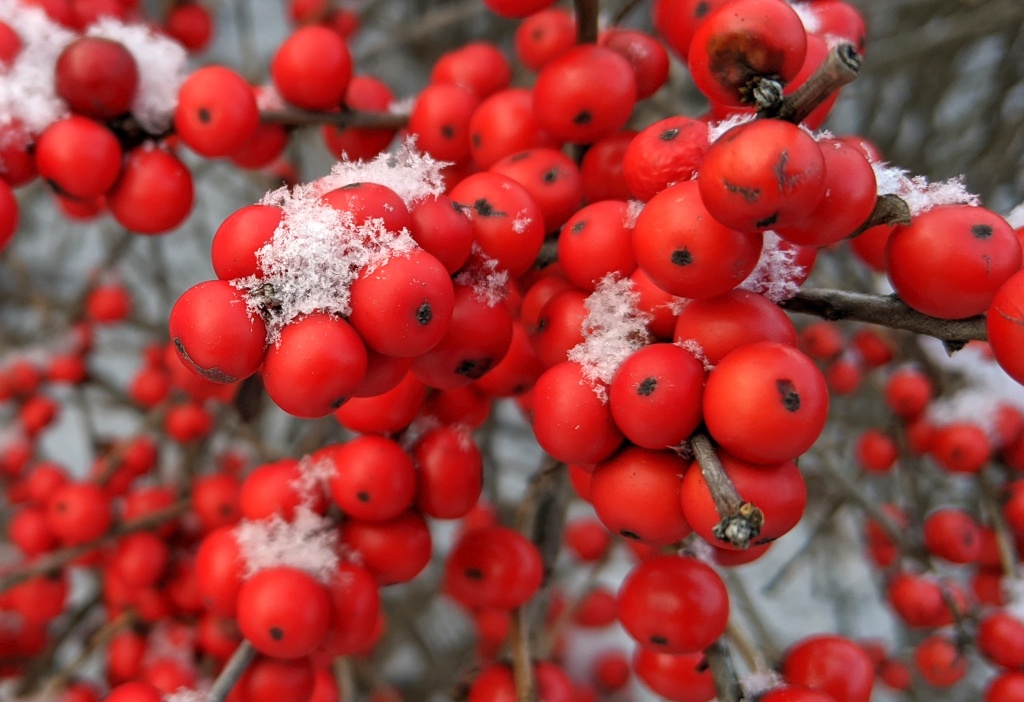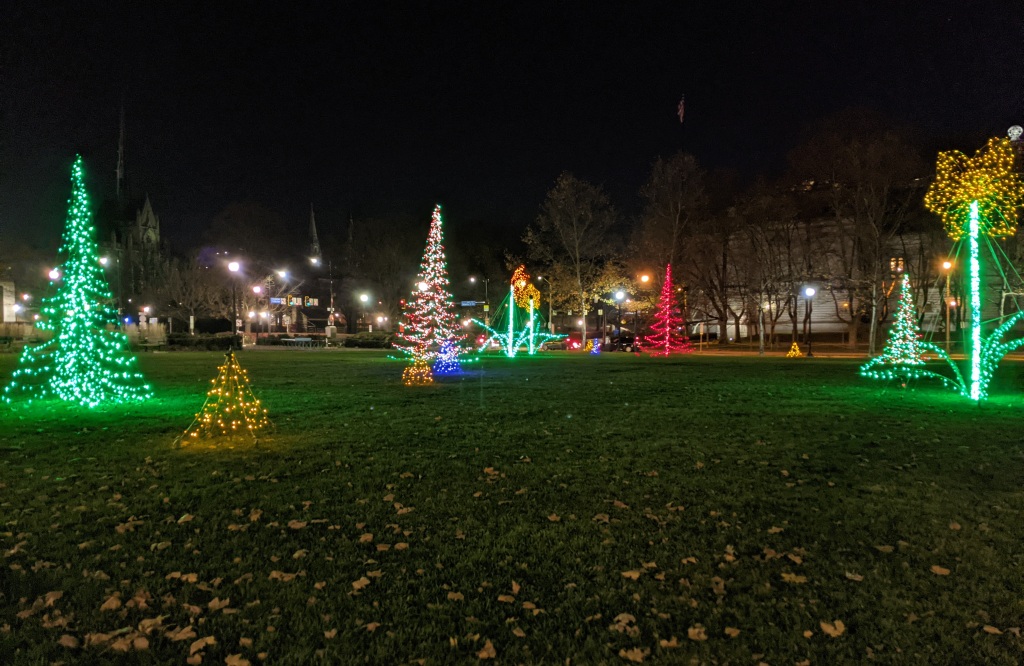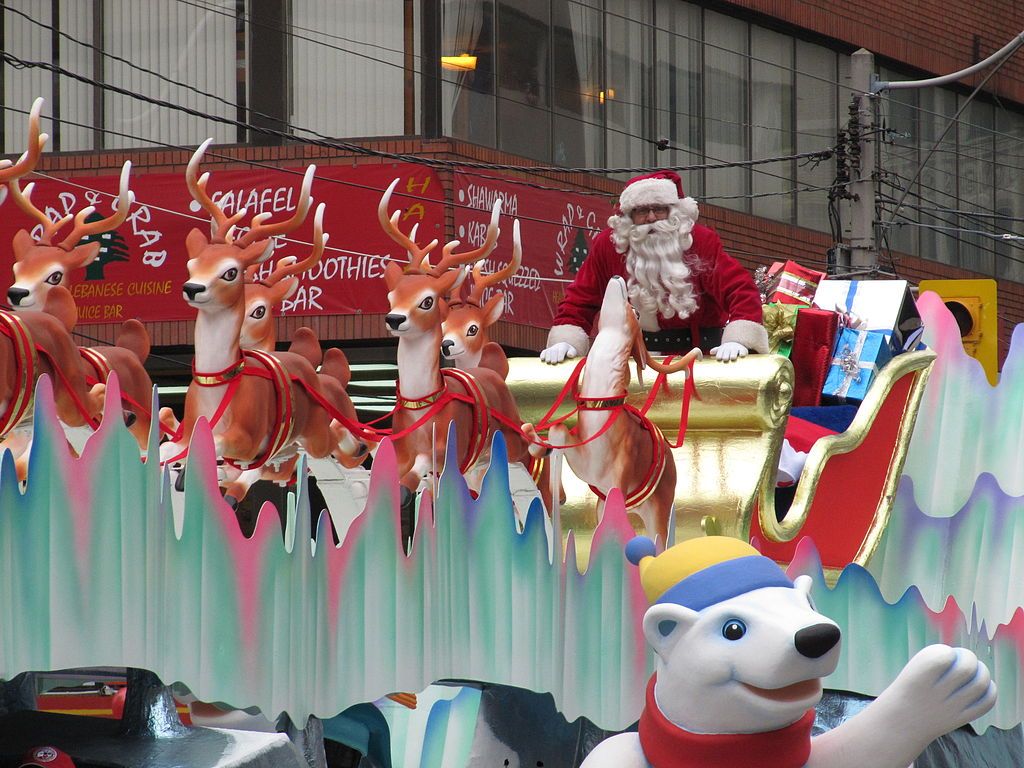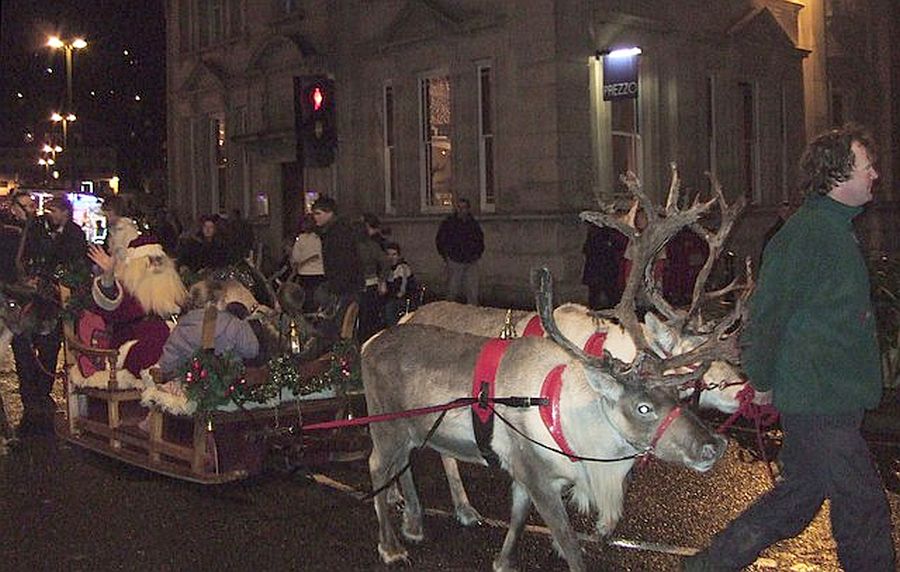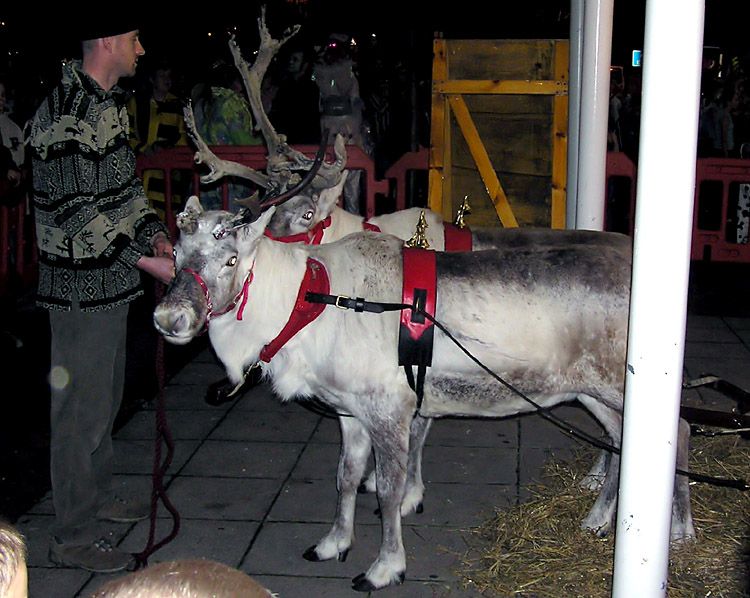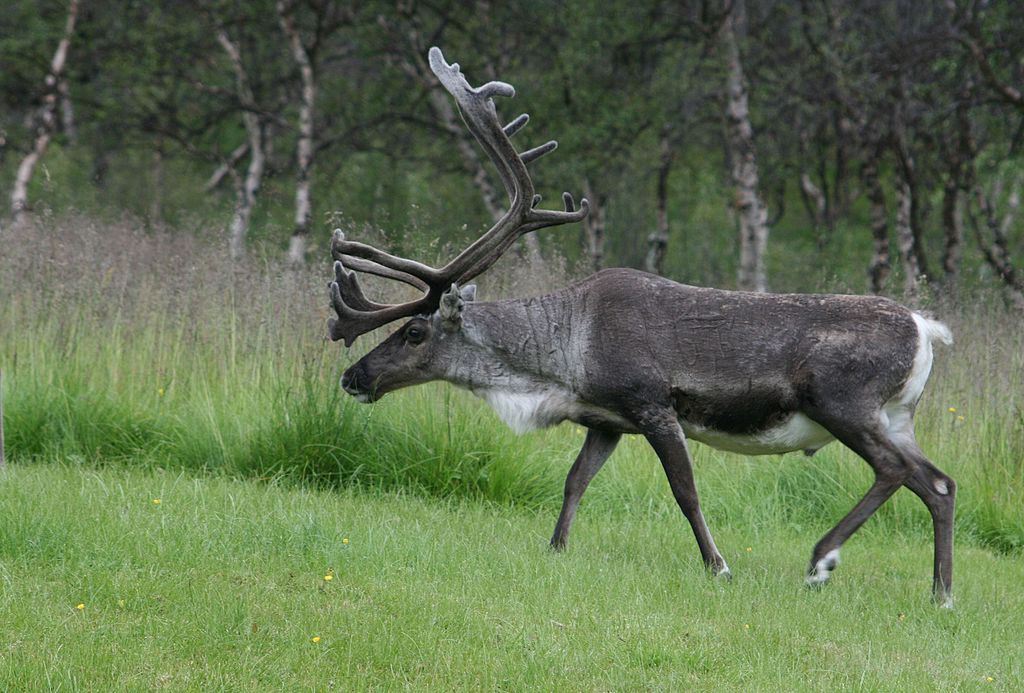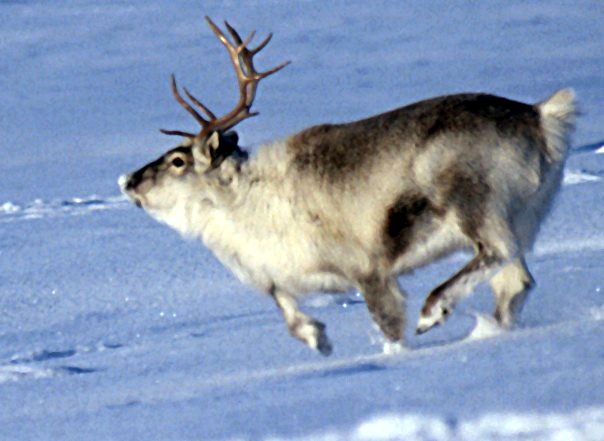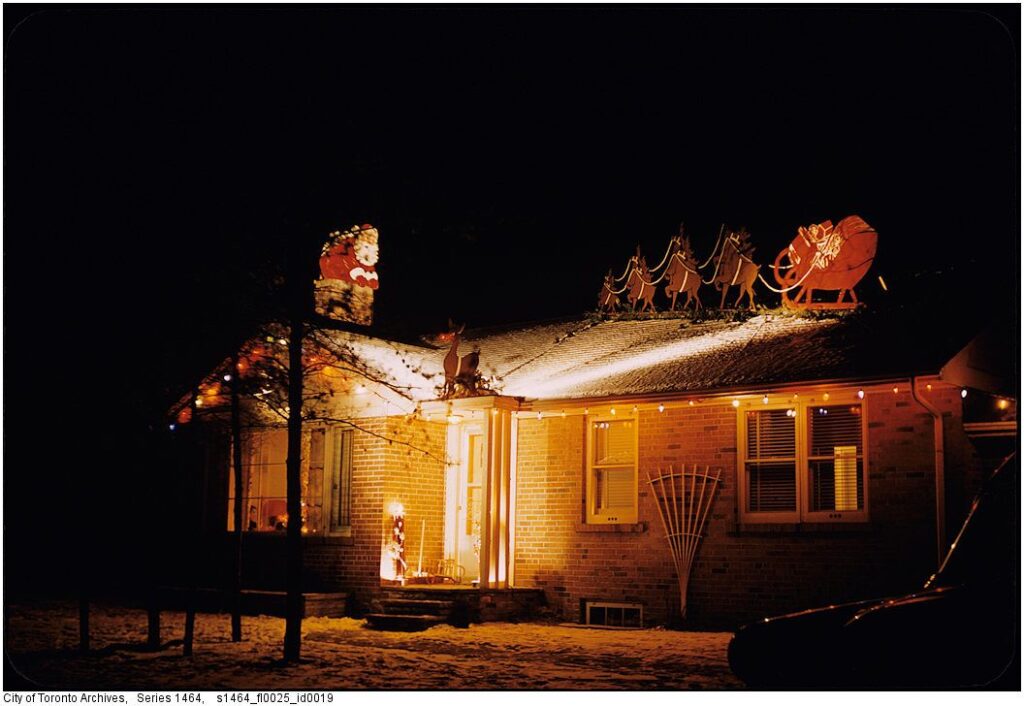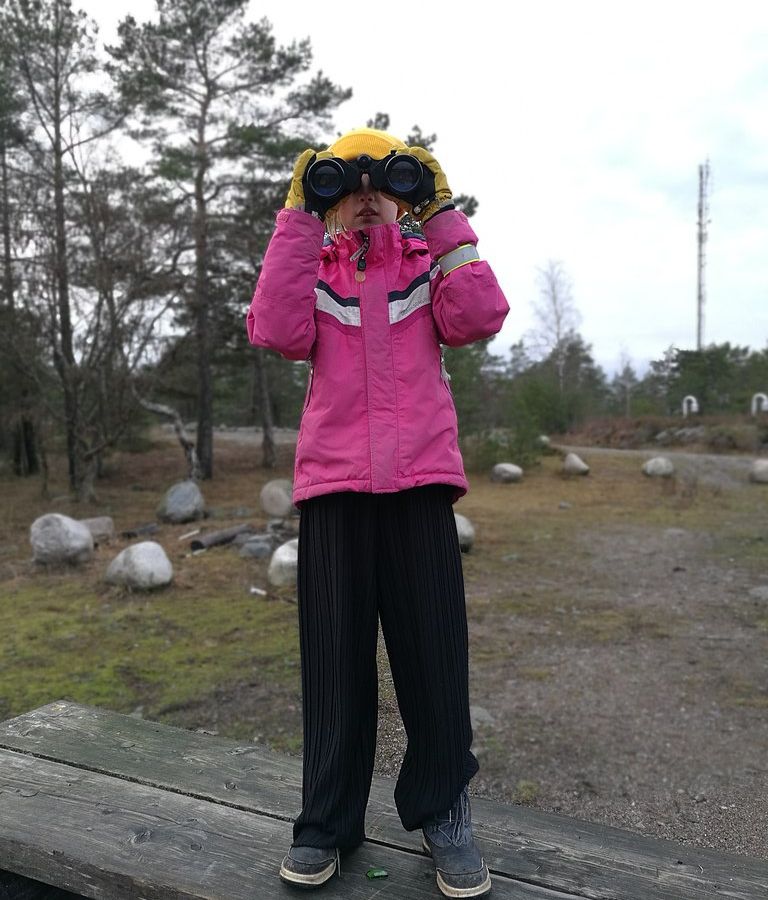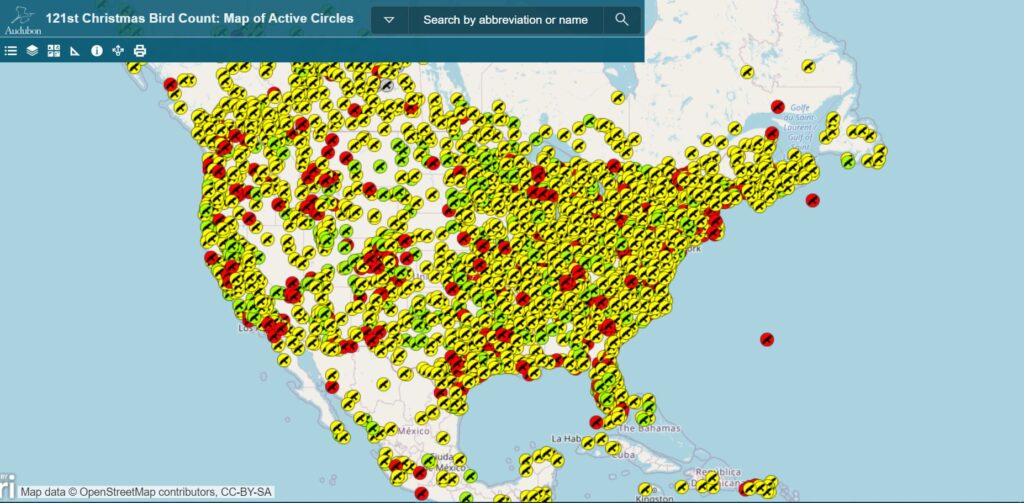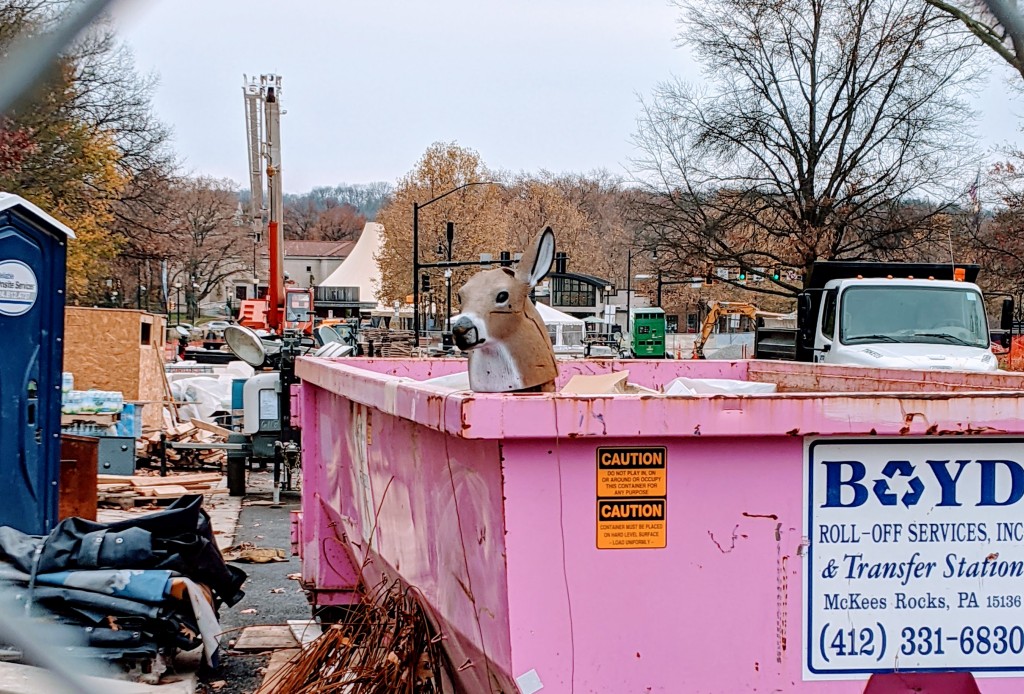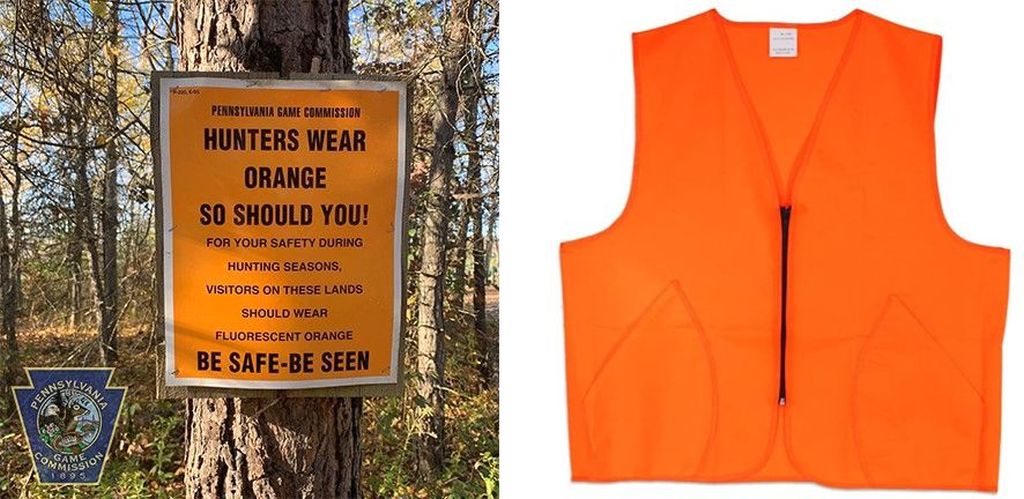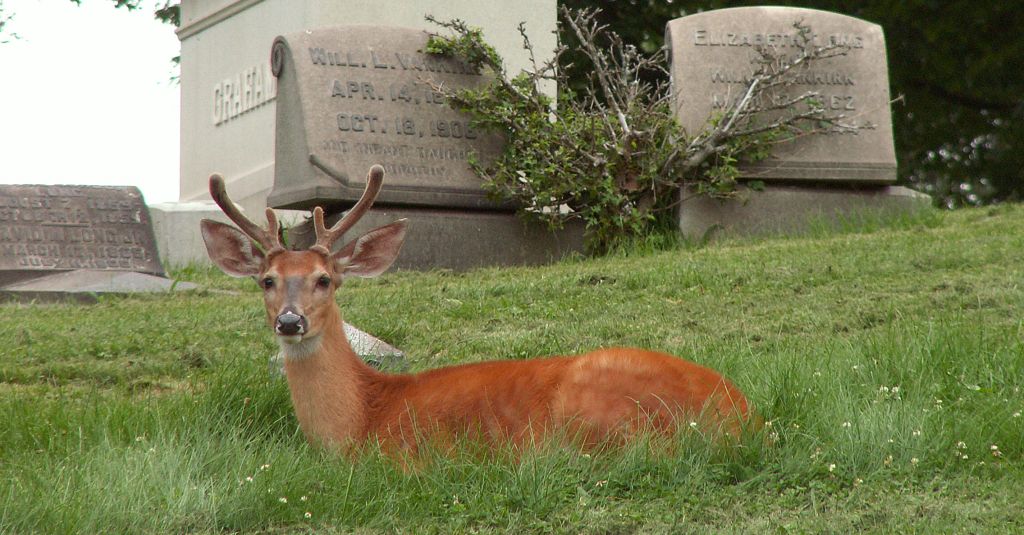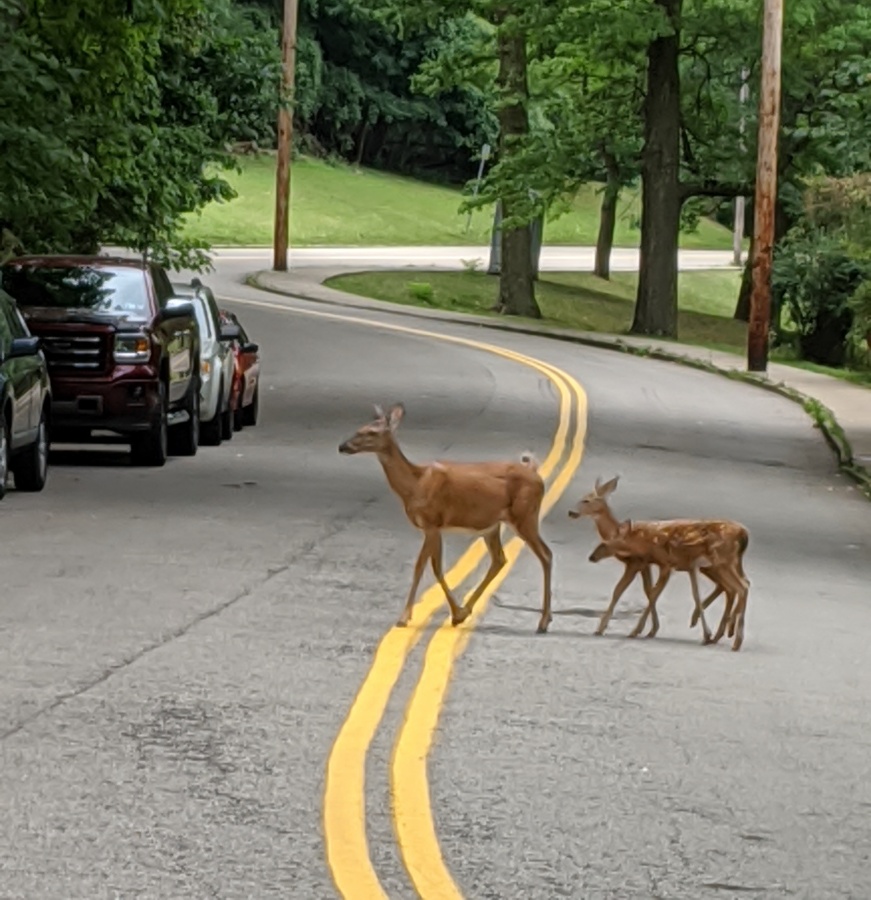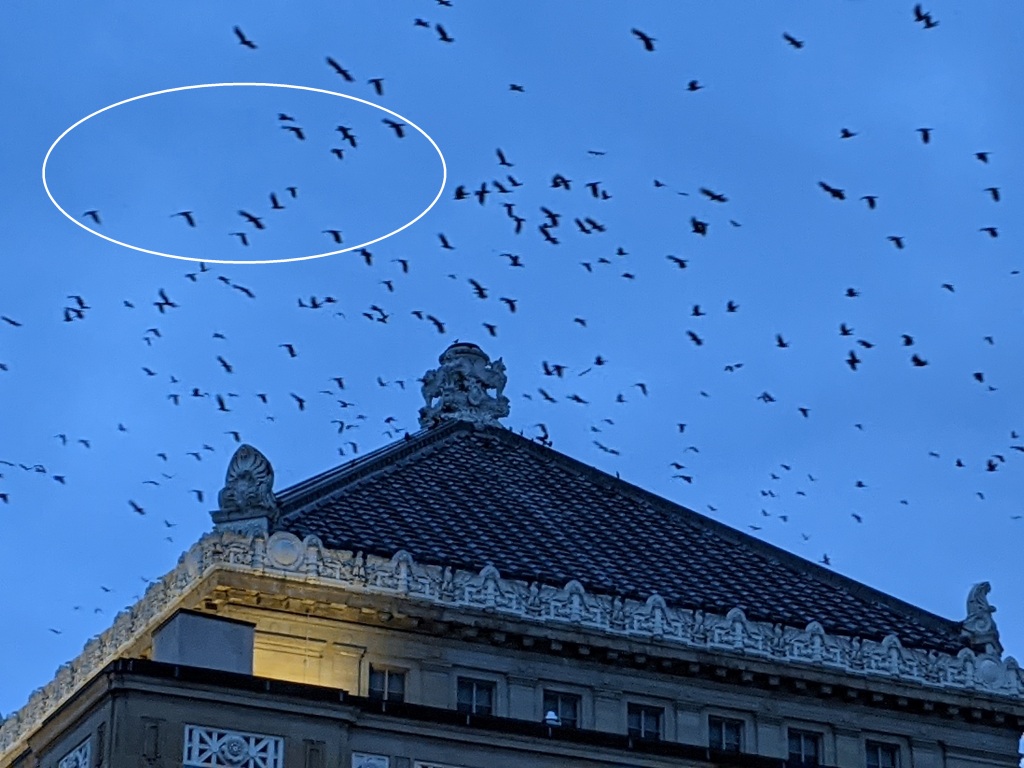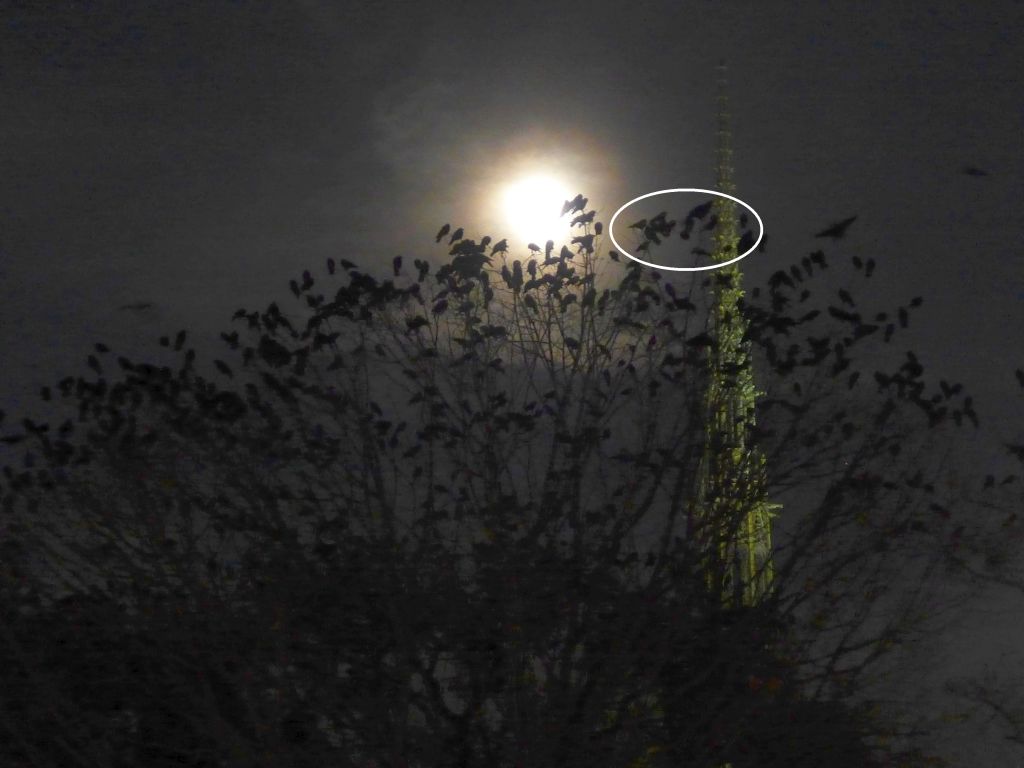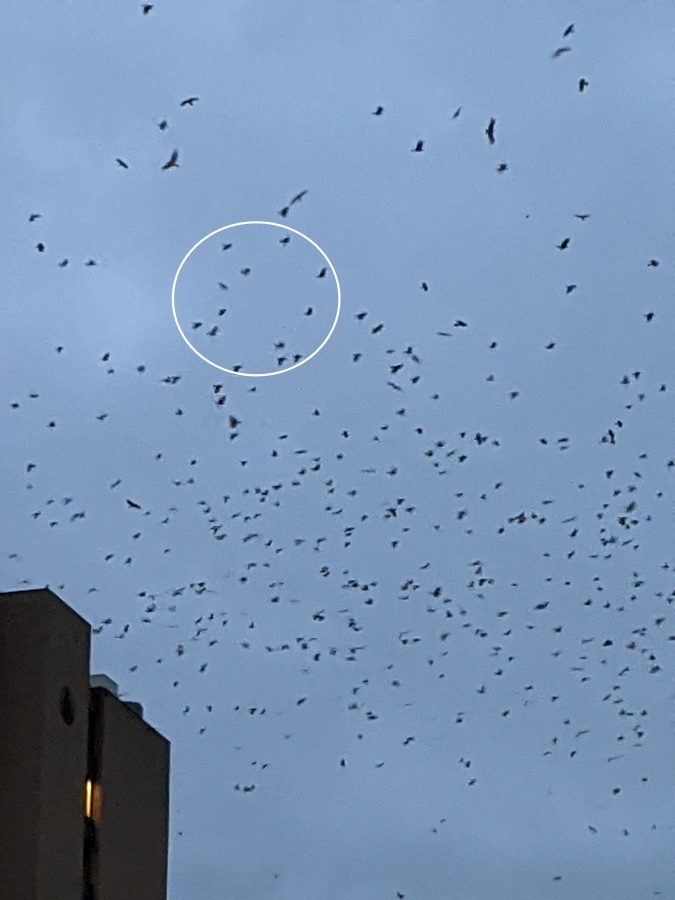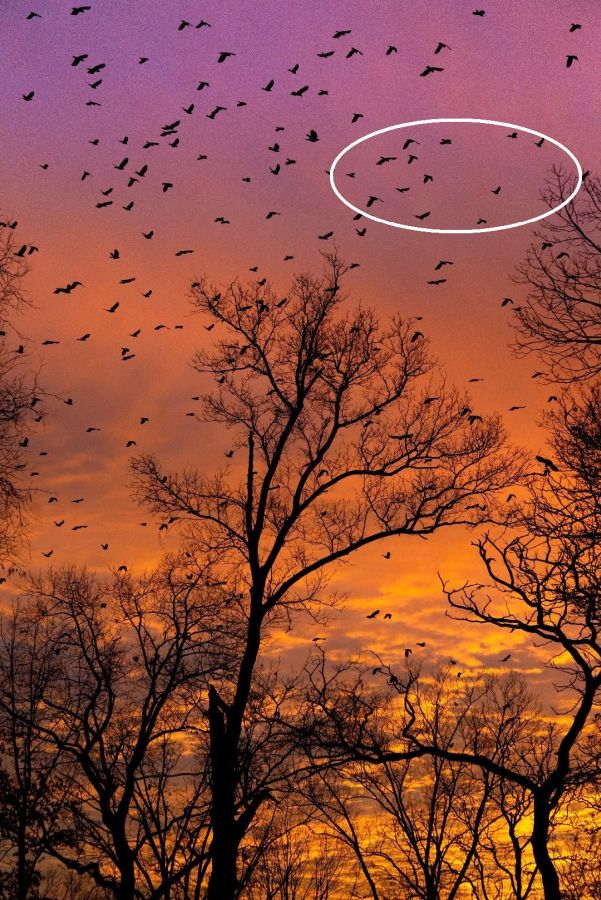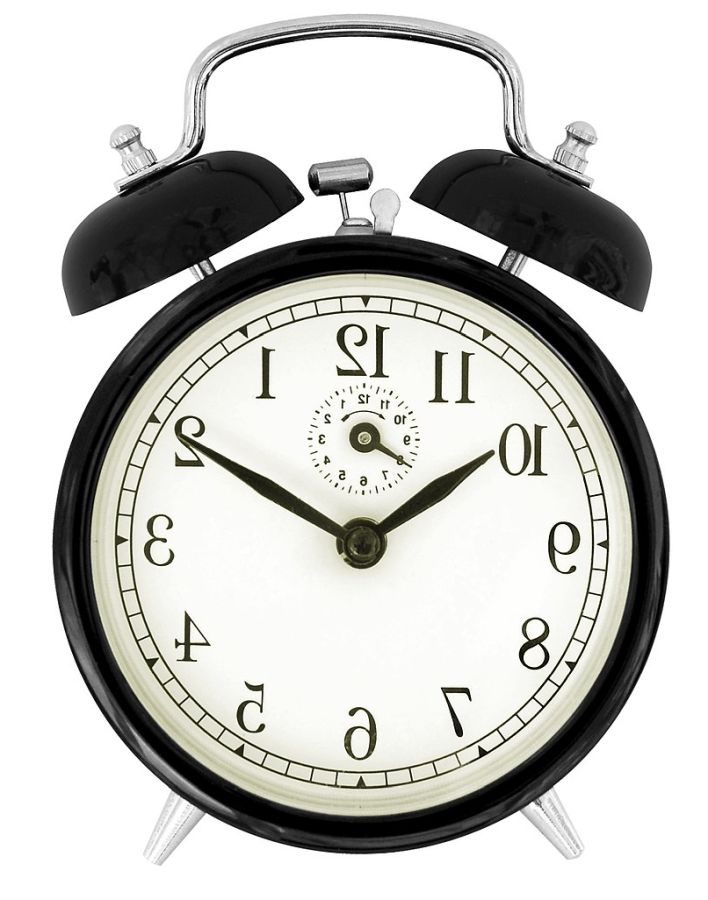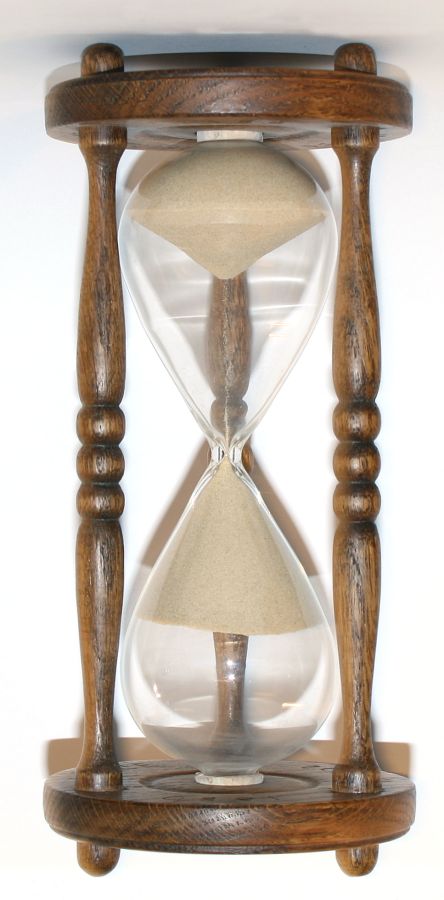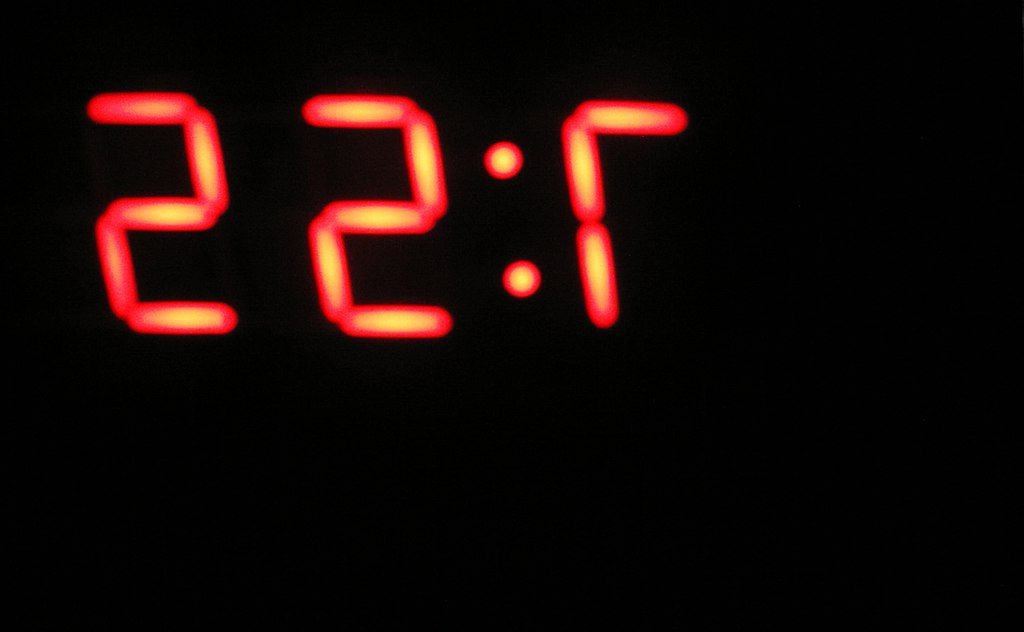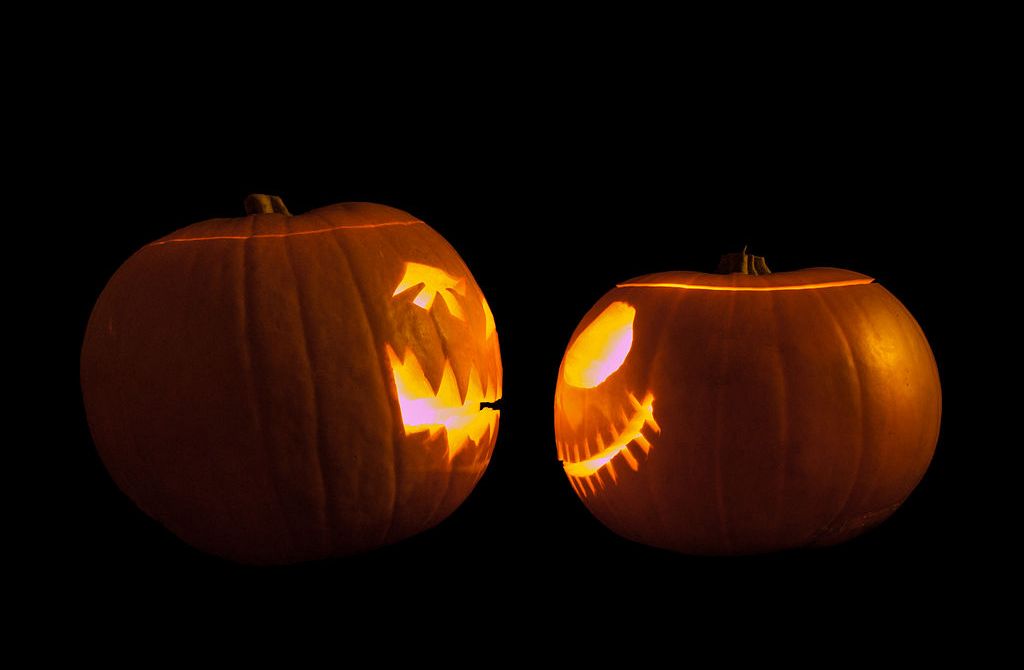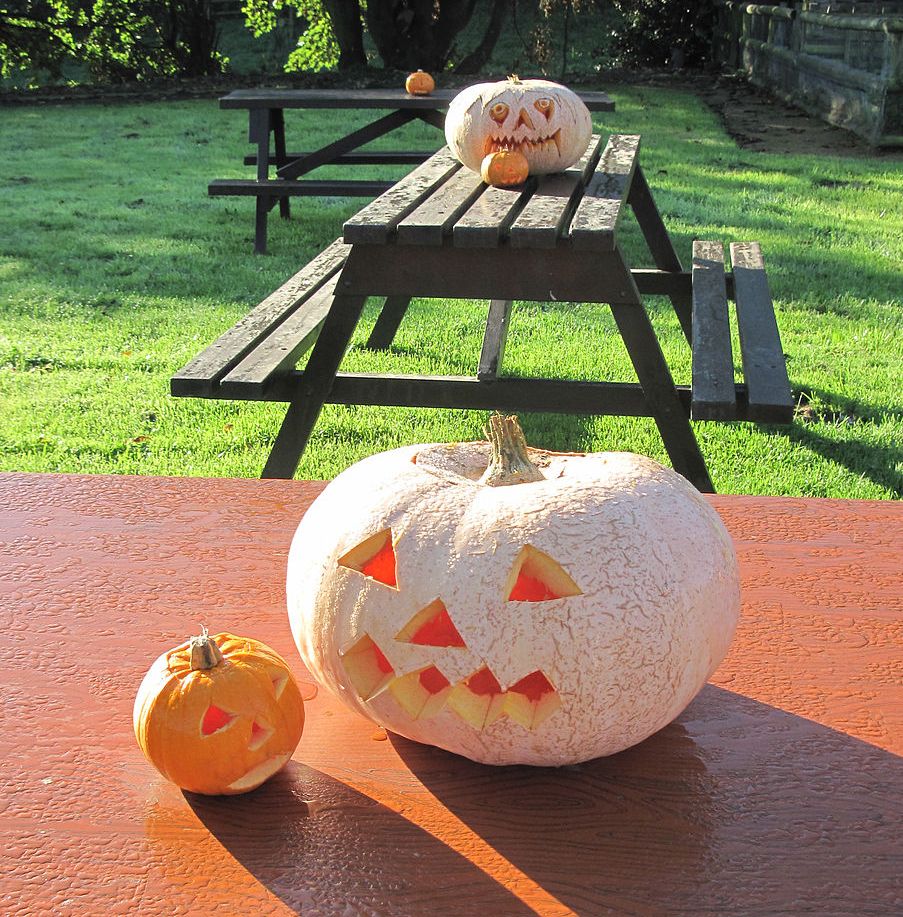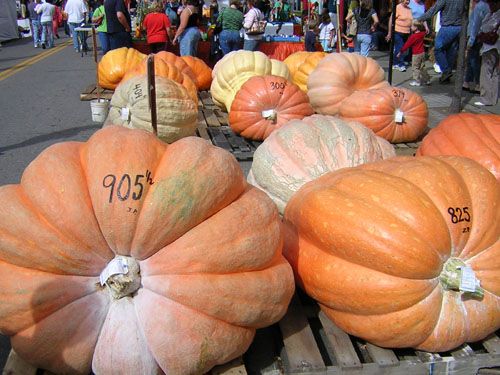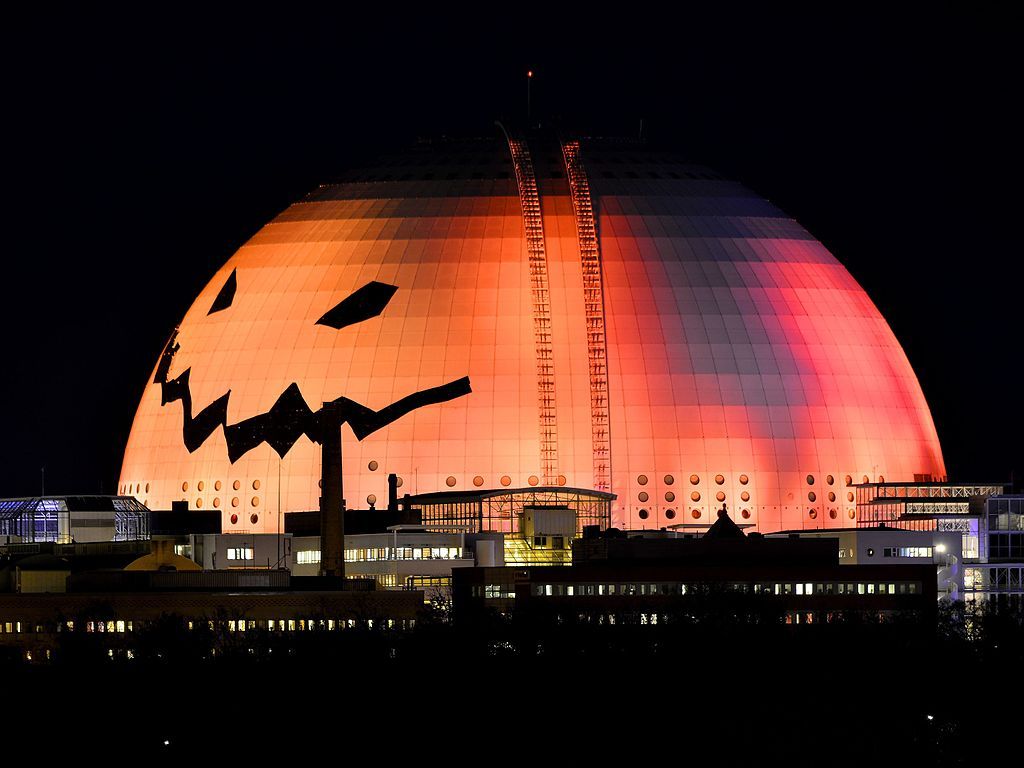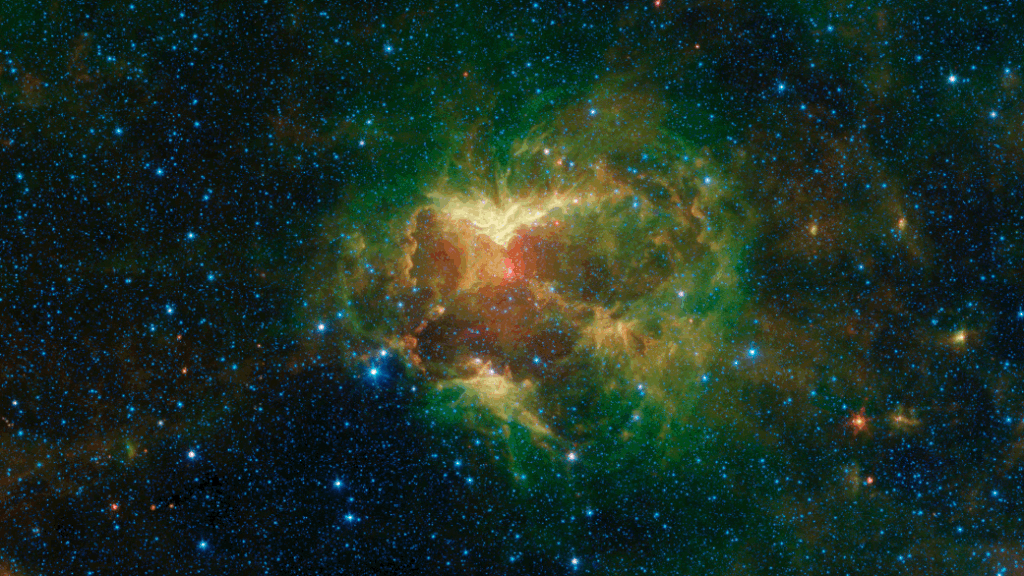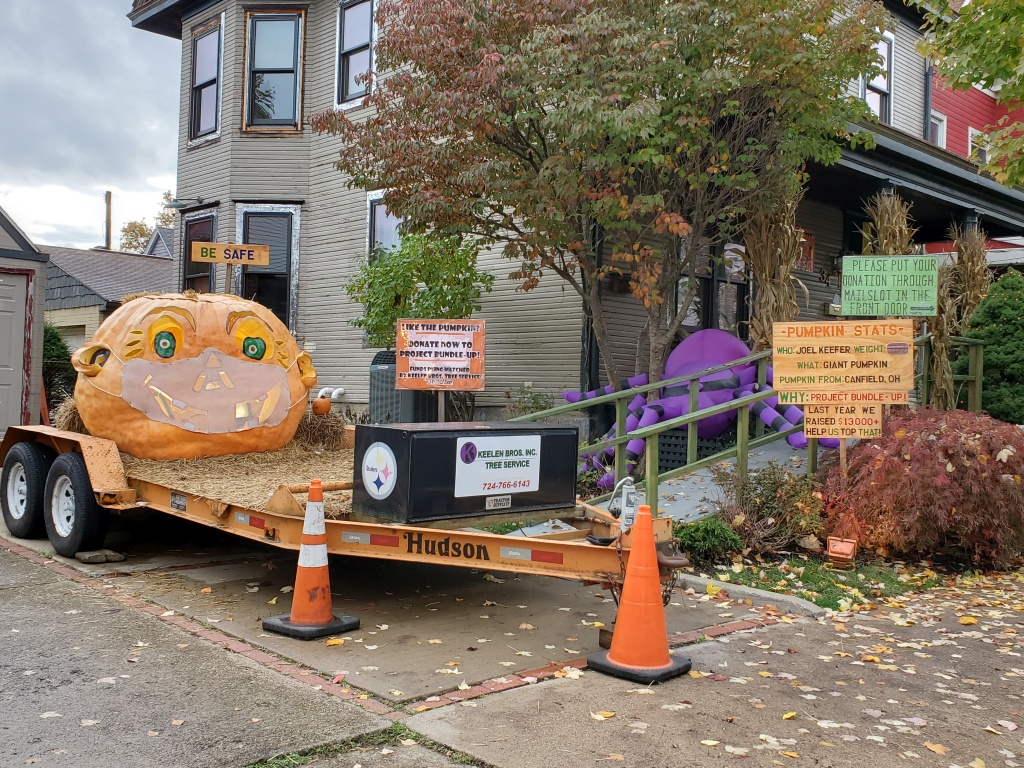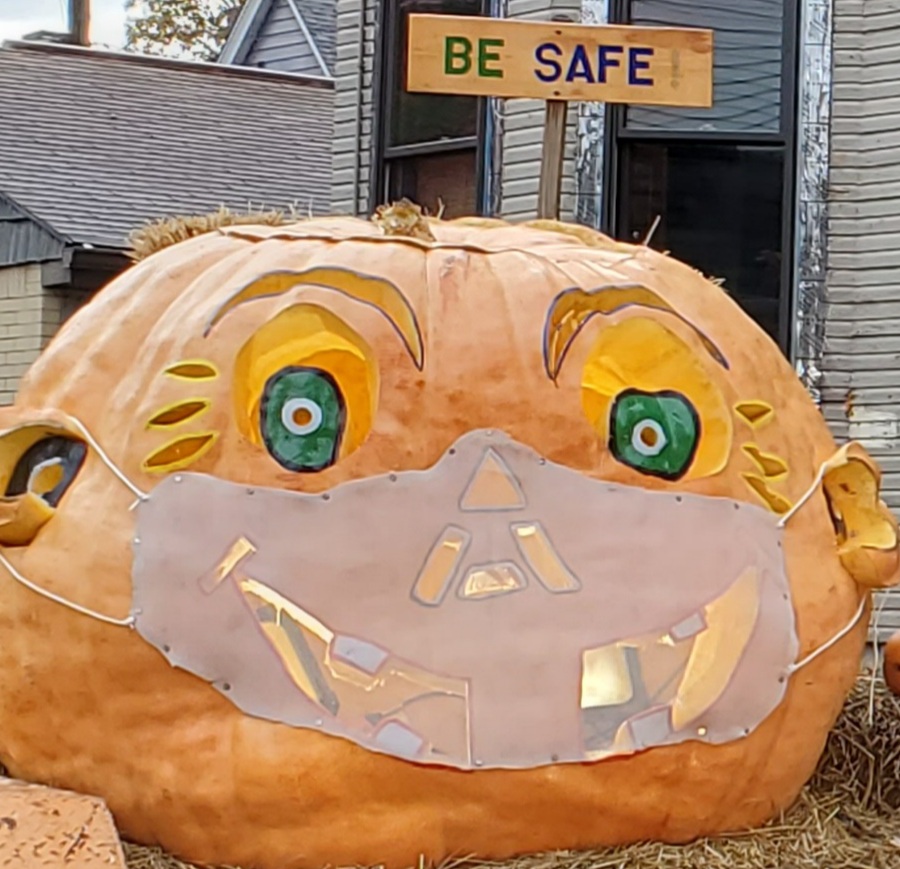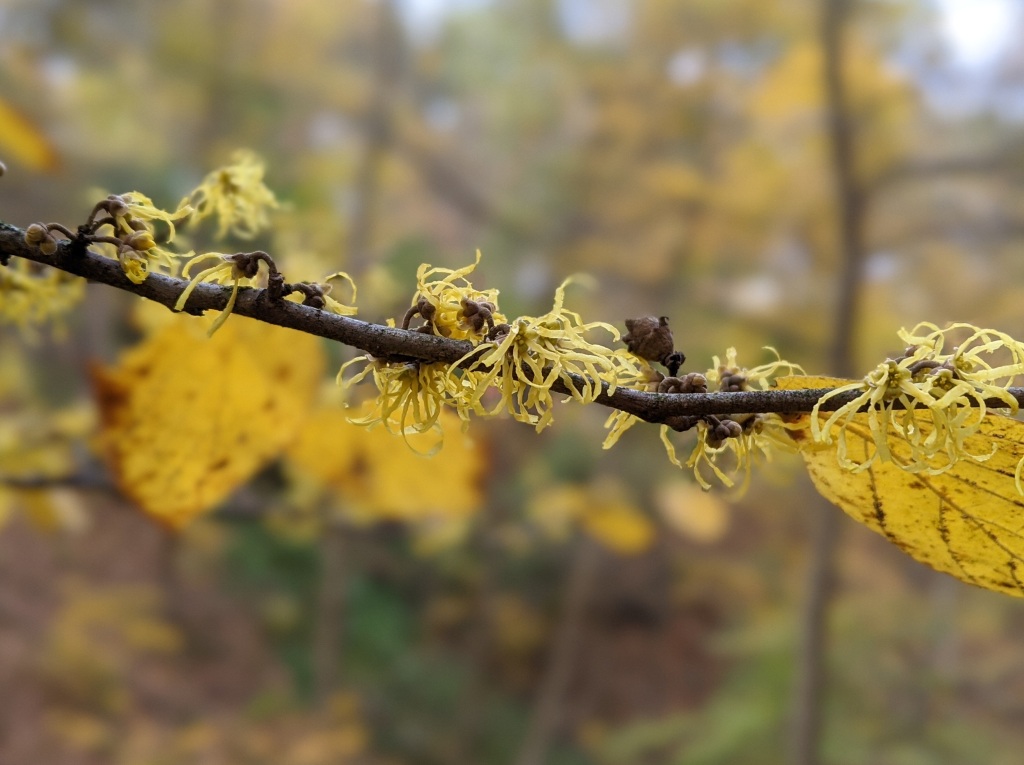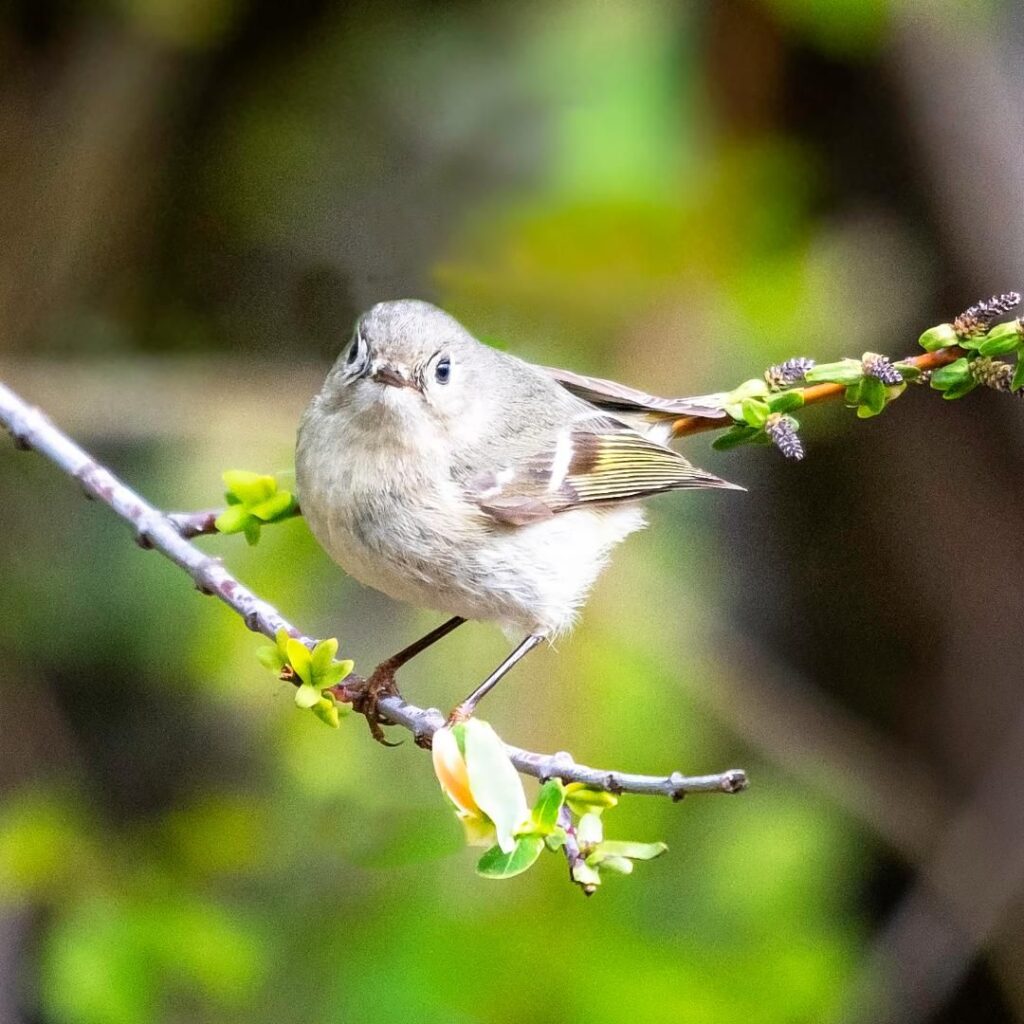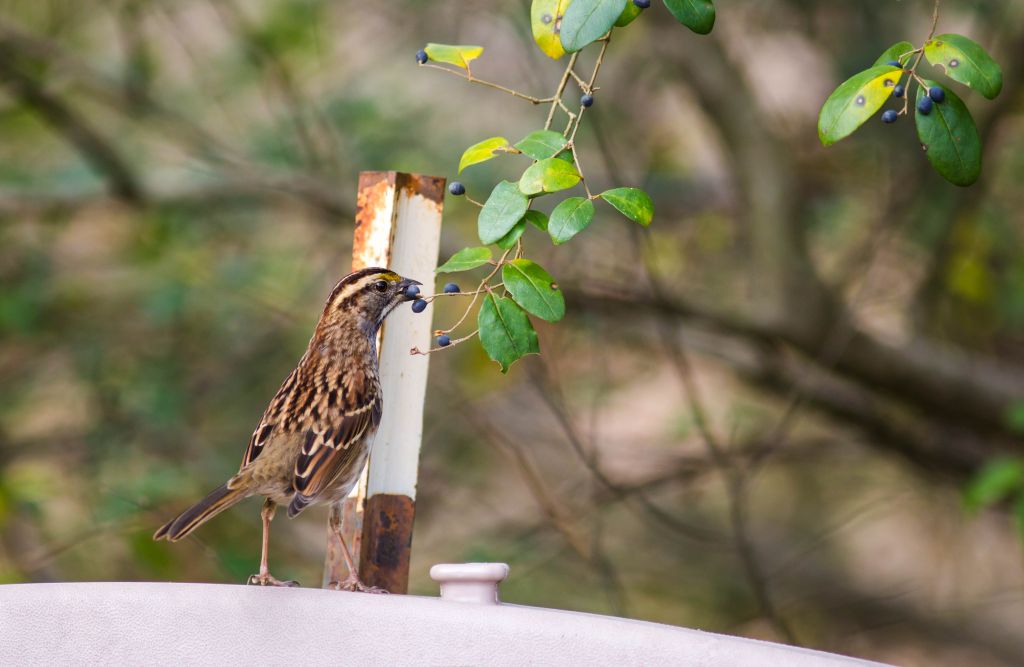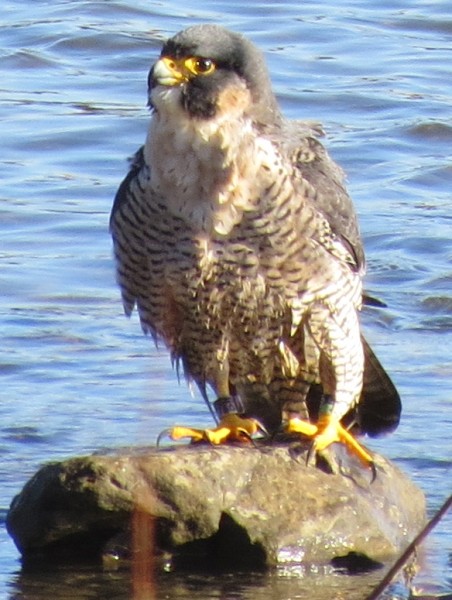
26 December 2020
The success of a Christmas Bird Count really depends on the weather. If the weather is good the birds are active and easy to find. In bad weather — heavy rain, snow, fog, high winds — birds are scarce.
Today is the Pittsburgh Christmas Bird Count (CBC) in the circle shown below. At 8am it’s 14 degrees F with gusty winds, overcast skies and light snow showers. It feels like 2 degrees F. What birds will I find in my city neighborhood under these conditions? Not many I fear.
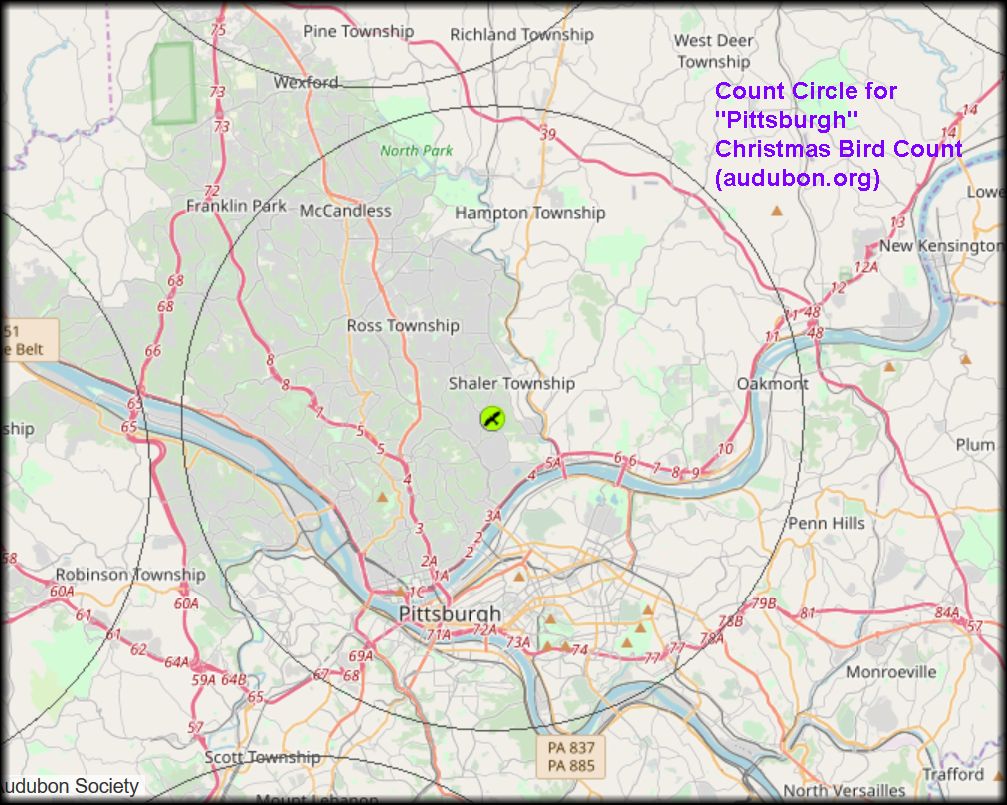
Seven years ago the 2013 Pittsburgh CBC had a Falcon Sweep at a single location. In one half hour there was a peregrine falcon (Dorothy), a merlin, and an American kestrel at Duck Hollow — all the possible Falco species — described in this 2013 article: Take Me To The River.
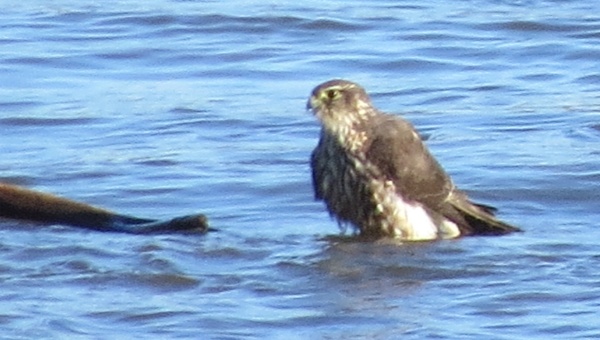
Today if I’m lucky in bad weather I’ll see a peregrine at the Cathedral of Learning and a merlin at dusk in Schenley Park. It would be a miracle if I saw a kestrel.
For old times sake, here’s a kestrel in June 2016 at an unusual city location.
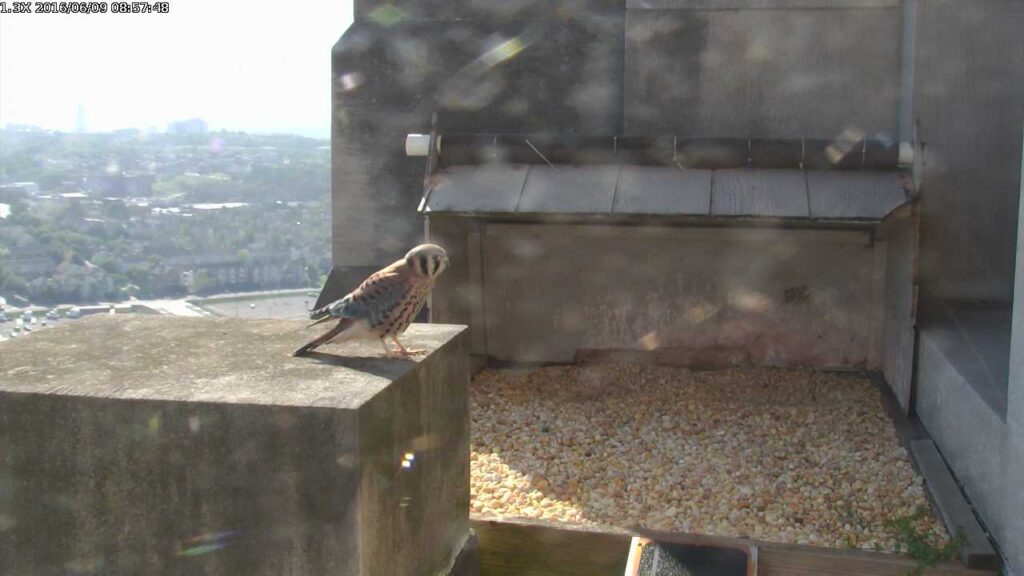
More news later. Brrrr!
(photos by Michelle Kienholz and the National Aviary falconcam that used to be at Gulf Tower)
